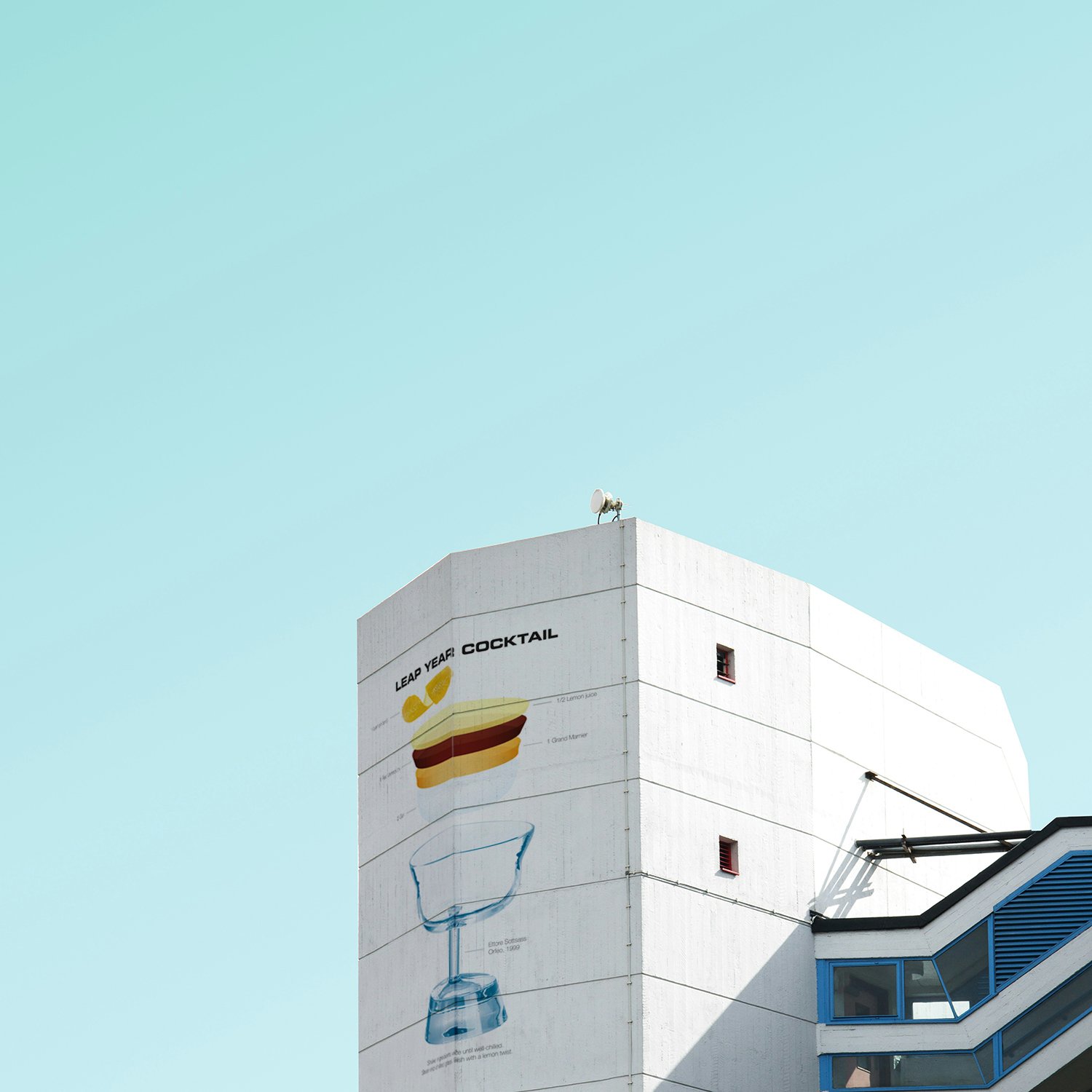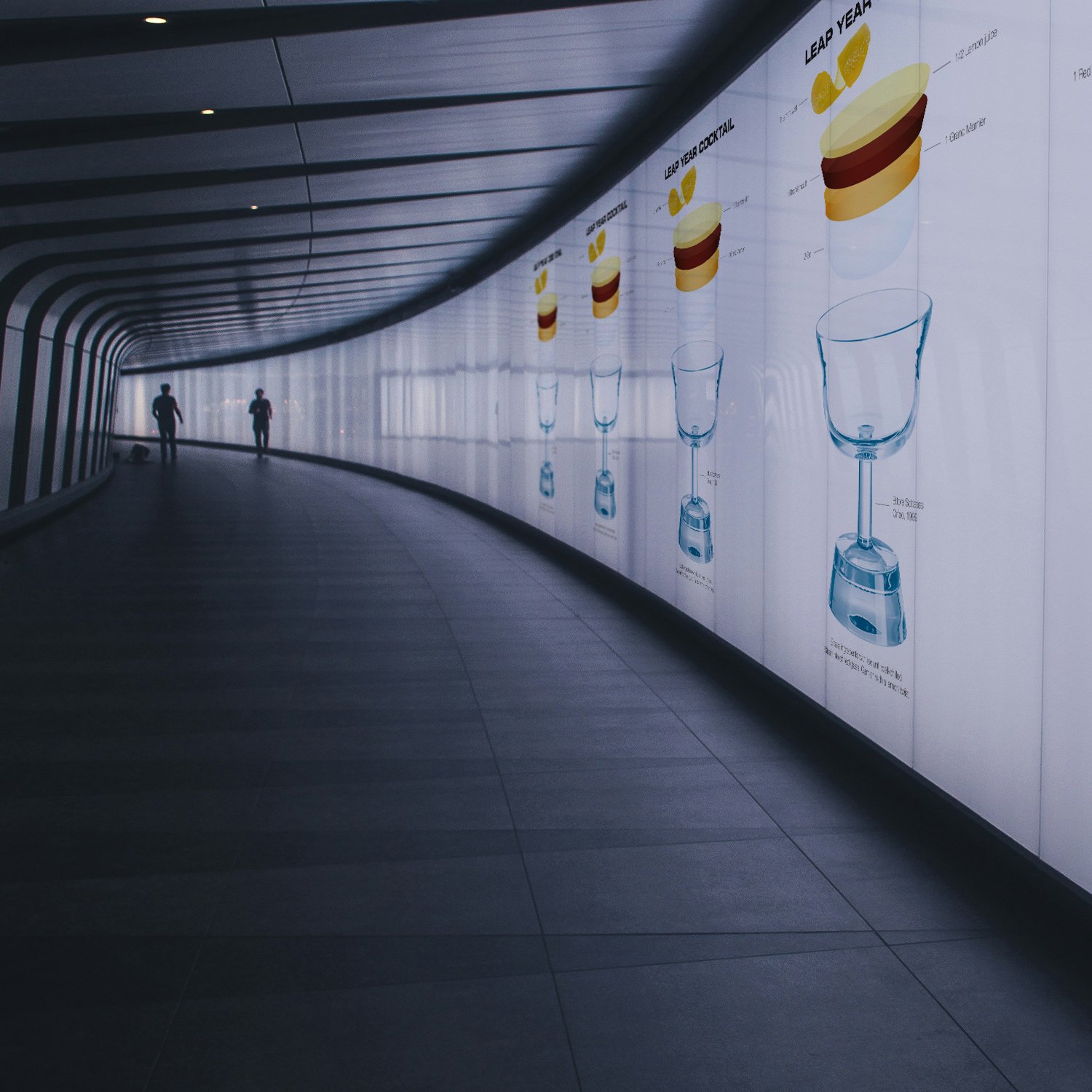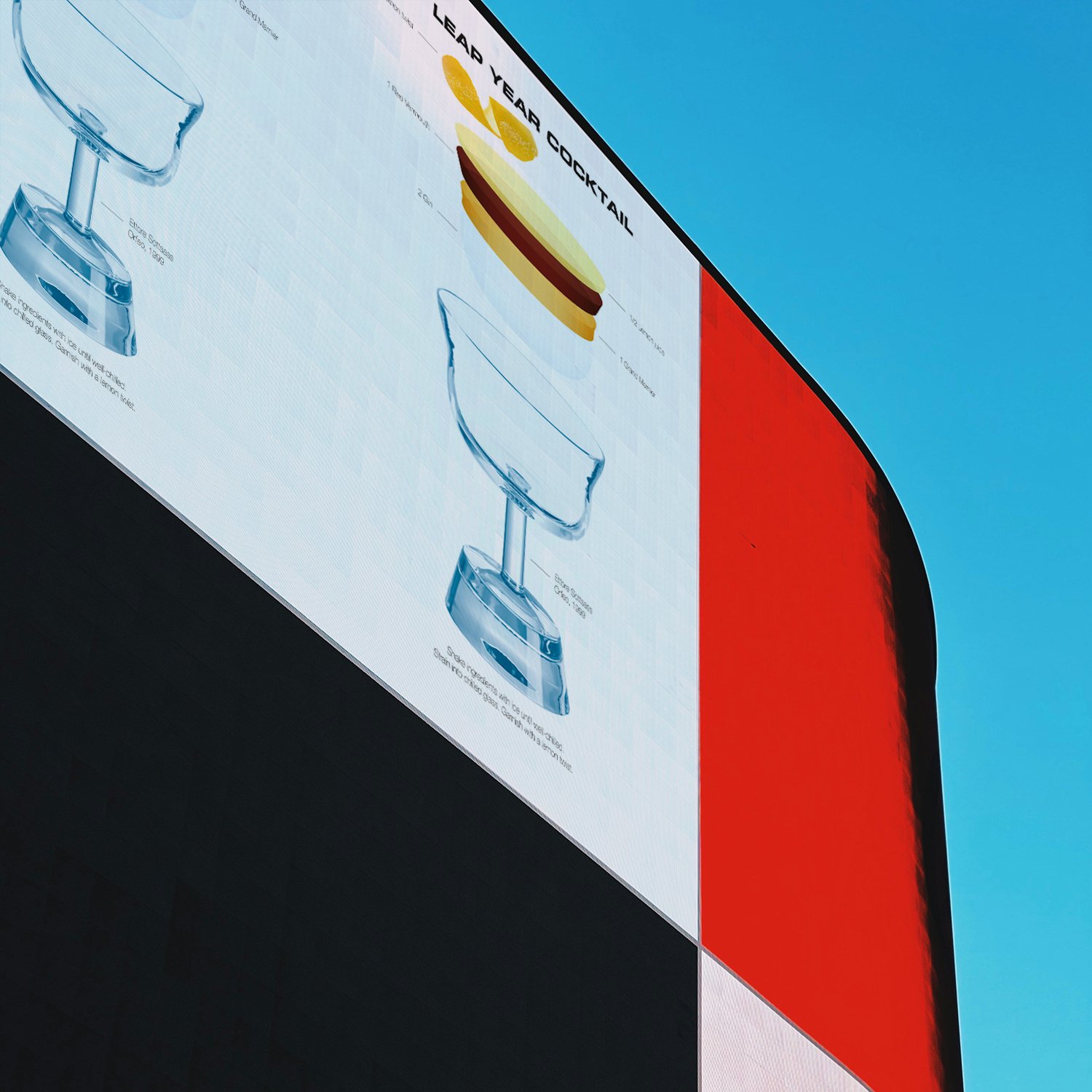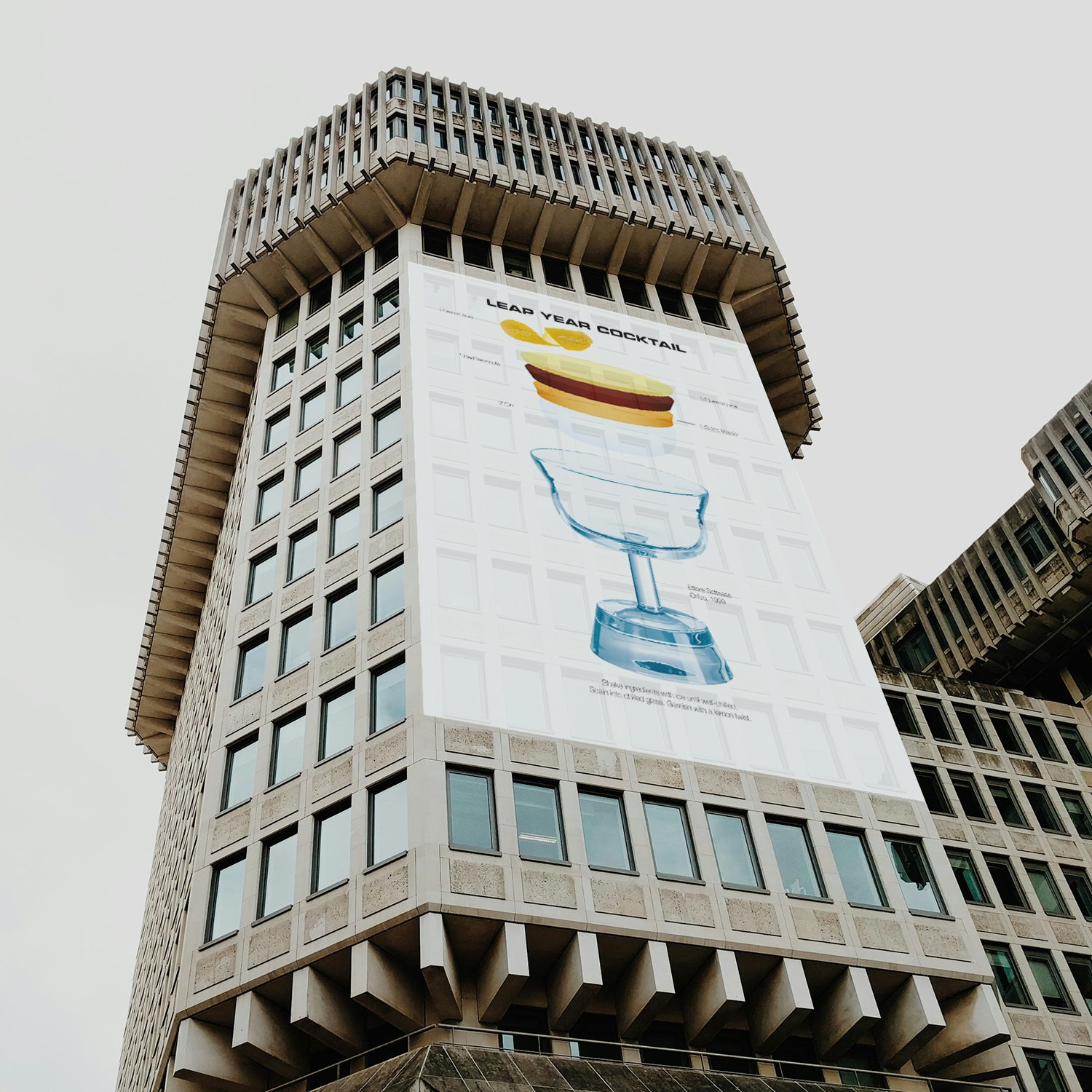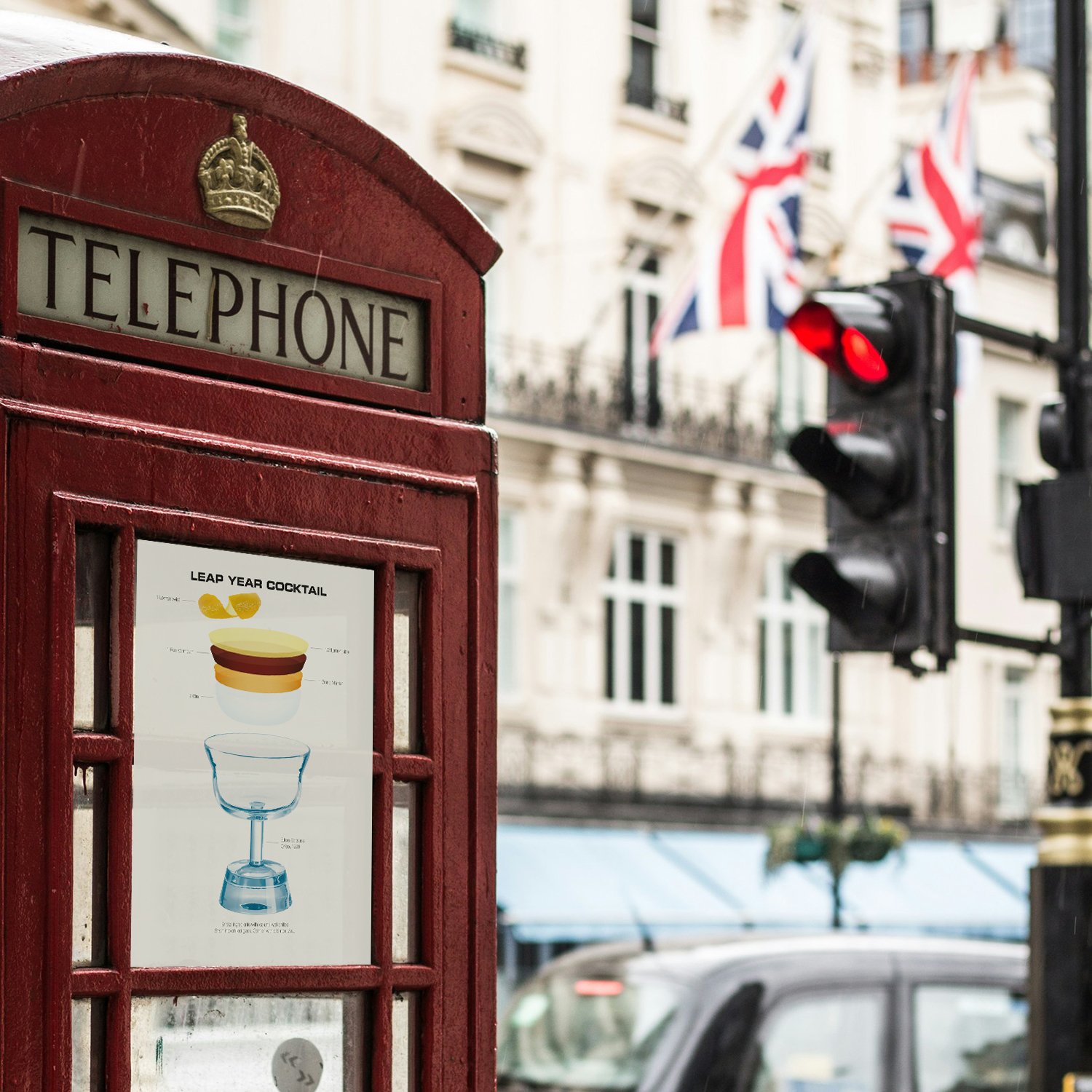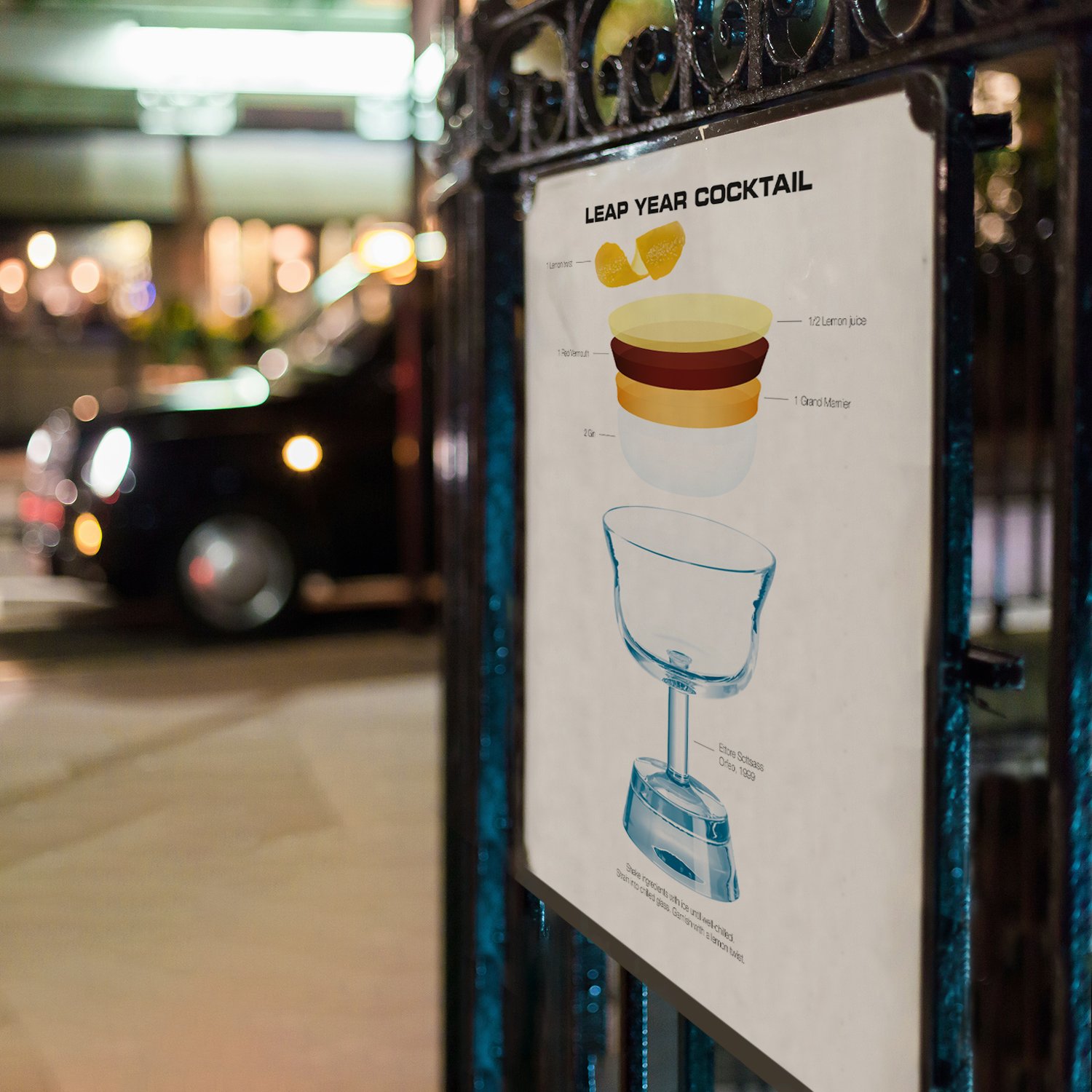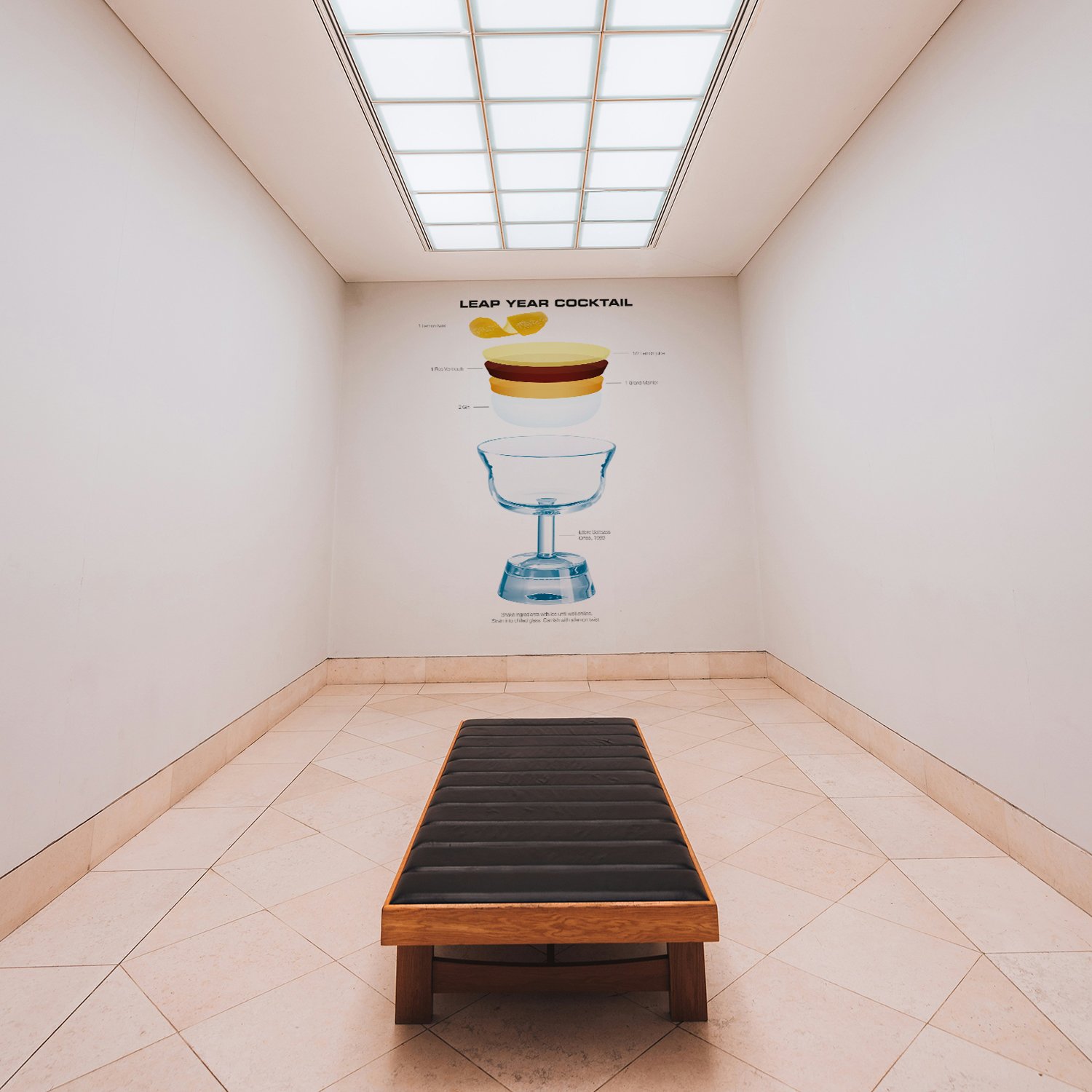In 2008 India’s health ministry proposed the World Health Assembly in Geneva that October 2 be declared World No Alcohol Day. The date was picked as it coincides with Mahatma Gandhi’s birthday. So it’s the perfect day to enjoy the most famous non-alcoholic drink there is.
THE SHIRLEY TEMPLE
The Shirley Temple is possibly the most famous non-alcoholic cocktail ever made. It might even be the very first mocktail. The drink is named after Shirley Jane Temple, born in 1928. She was an American singer, dancer, actor and diplomat. She is most famous for her acting career as a child during the 1930s and, of course, for the cocktail.
As a child she lived the life of the movie star but in a city full of fancy restaurants and cocktails she couldn’t take part in the latter. On a night out for dinner at the Chasen’s restaurant in Hollywood her parents sat at the bar sipping Old Fashioneds. Naturally Temple also wanted a fancy drink but being very much under age, the bartender kindly whipped up a special drink for her. He added some maraschino cherries to make it look more like her parents drinks, and simply called it a Shirley Temple. At least, so the story goes. Ms. Temple herself said it was created in the 1930s at Brown’s Derby restaurant in Hollywood, another hangout for the Hollywood crowd, but that she had nothing to do with it. Shirley Temple herself was apparently never a fan of the drink. In an interview in 1986 she said that “all over the world I am served that. People think it’s funny. I hate them. Too sweet!”. During the 1940s she wasn’t as sought after as an actor anymore and in 1950 Temple officially left the movie business. Instead she started a career in politics, just like actor Ronald Reagan.
THE DESIGNER
The glass called Strikt was designed by the Swedish sculptor and designer Bengt Orup in 1953.
Taking the Leap
The Leap Year Cocktail is one of the few with a very clear and concise history. It was made by the bartender legend Harry Craddock, head bartender at the American Bar in London’s Savoy Hotel. More specifically it was created for the hotels Leap Year celebration on February 29, 1928.
Two years earlier Harry Craddock had taken over as head bartender after another legend, Ada Coleman, was pushed out of the bar when The Savoy wanted to install an American as head of their American Bar. In reality Craddock was just American sounding. He was a Brit that had been working in the US, where he picked up an American accent. It was however good enough for Savoy.
The cocktail is presented in Craddock’s Savoy Cocktail Book with a note “It is said to have been responsible for more proposals than any other cocktail that has ever been mixed.” Maybe because of the Irish tradition that on this rarest of days women could propose to men. According to the tradition, if the man refused the proposal, he had to buy the woman a silk dress, or from the mid 20th century, a fur coat. In the upper classes of other European countries, taking over the Irish custom, any man refusing a woman’s Leap Day proposal had to buy her 12 pair of gloves. Possibly so that she could hide the fact that she was not carrying a ring.
The glass was designed in 1999 by the Italian designer Ettore Sottsass, inspired by Greek mythology.
Coming Straight From the Harbour
The magnificent Bombay landmark the Taj Mahal Palace Hotel, also called “The Diamond By the Sea”, is often said to have been built by Jamshedji Tata after he was refused entry to Watson’s Hotel at the end of the 19th century. Watson’s was a luxury hotel with a whites only policy. Others claim that Mr Tata simply wanted to build this exclusive hotel as a gift to the people of Bombay to treat them to a Royal experience. What is clear however is that the Taj Mahal Palace Hotel was built for everyone, not just for the upper echelons of society.
The Indo-Saracenic styled hotel opened to the public in 1902 and was the first building in Bombay to be lit by electricity. The Taj Mahal Palace featured ceiling fans from America, elevators from Germany, a Turkish bath and English butlers resulting in an experience unmatched in India at the time.
The hotel’s Harbour Bar opened in 1933 as the first licensed bar in Bombay and this is where their signature cocktail From the Harbour was created. The story goes that two American gentlemen crossed the Indian Ocean in their yacht. When arriving in Bombay in December 1933 one of the men received a radio message from his wife with the news that the American prohibition was finally repealed. They promptly docked their yacht outside the hotel and headed straight for the Harbour Bar to celebrate with a drink. They asked the bartender to make them a cocktail that would quench their 13-year thirst. The barman, known only as John, created a drink worthy of their celebration. When asked what the drink was called, the bartender replied, “Sir, it would be an honour if you would name it, as it has been made today especially for you.” One of the men raised his glass and announced: “From the Harbour.”
The liquor glass was designed by the Indian painter, photographer, sculptor and designer Dashrath Patel in 1970.
¡Viva México!
Today, September 16, is Mexican Independence Day in memory of their independence from Spain in 1810. What better way to celebrate than to have a Banderita, “Little flag”, a drink made up of three glasses, the first with freshly squeezed lime juice, the second with Tequila and the third with Sangrita, together making up the colors of the Mexican flag.
The Sangrita, playing the role of chaser (or rather of a sipper) in the Banderita, should rather be considered the star and is in itself said to make or break a Mexican restaurant. The Sangrita, meaning “Little blood” in Spanish, is a very traditional drink originating in Jalisco, the Mexican state where tequila is made. It is said to have been made from the leftover juices at the bottom of a bowl of pico de gallo, a fruit salad popular in Guadalajara. The juice was poured into clay cups and was drunk together with tequila after dinner as a well needed digestif.
The Mexican versions of the Sangrita is generally more citrus focused with grapefruit, orange and lime whilst American recipes tend to lean more towards tomato juice, rather like a citrusy Virgin Mary, and just like a Bloody Mary, every bar has its own take. Whatever the base, the Sangrita is there to perfectly balance the earthy notes of the tequila, enhancing rather than masking its flavor.
The glasses are called Fasetti and were designed by Finnish designer Kaj Franck in 1964.
Sangrita
1 part Tomato juice
1 part Lime juice
1 part Pomegranate juice
1/2 part Orange juice
1/3 part Grenadine
1 dash Hot pepper sauce
2 dashes Worchestershire sauce
black pepper
salt
Shake all ingredients with ice and strain into glass.
¡Viva México!
The missing link
The Martinez is said to be the missing link between the Manhattan and the Martini just as Lucy is the missing link between the apes and the Homo sapiens. It first appeared 1884 in OH Byron’s Modern Bartender’s Guide. A few years later in 1887 the legendary bartender Jerry Thomas made the recipe into what it is today. The story goes that Thomas made it for a customer traveling to the city of Martinez, California. To make this classic it is preferable to use Old Tom gin, a type of gin that is something in between Dutch genever and London dry gin.
The Coupe glass was designed by Felicia Ferrone in 2018.
Martinez
3 parts Old Tom gin
3 parts red Vermouth (for instance Punt e Mes)
1/2 part Maraschino
2 dashes Angustura bitters
2 dashes orange bitters
1 orange twist for garnish
Stir all ingredients with ice. Strain into chilled cocktail glass and garnish with an orange twist.
Post presidential debate
This just might be exactly what you need after the first presidential debate for the 2020 US election. Something actually presidential.
One of the origin stories of El Presidente is that it was created by the American bartender Eddie Woelke who worked at the Jockey Club in Havanna during the Prohibition. He made it in honor of Mario García Menocal, president of Cuba from 1913 to 1921. It was originally made with equal parts rum, French vermouth and a bar spoon of grenadine. Legend has it that when president Gerardo Machado took over in 1925 he demanded his own version and so a bar spoon of Curaçao was added to the cocktail.
The glass was designed by Misa Tanaka in 2009 and is a combination of glass and ceramics.
El Presidente
2 parts gold rum
1 part French Vermouth
1 bar spoon grenadine
1 bar spoon Curaçao
Stir with ice and garnish with a twist of orange peel.
Venice International Film Festival
Nothing is as it used to be. Not even the 77th edition of the International Film Festival in Venice. But if you can’t take part you can at least make yourself a Venetian cocktail.
The Bellini was created in 1948 by Giuseppe Cipriani at the world famous Harry’s Bar in Venice. The drink was named Bellini because its pink color reminded him of the toga of a saint in a painting by 15th-century Venetian artist Giovanni Bellini. The Jellies Family Flute was designed by Patricia Urquiola in 2014 for Kartell.
Bellini
1 part white peach purée
2 parts prosecco
1 wedge of white peach
Pour the white peach purée into the glass. Slowly top with Prosecco and stir gently. Garnish with a wedge of white peach.
Let's go simple
Milano-Torino
Sometime’s a cocktail should be simple, really simple. Nothing is easier than the Milano-Torino. Originally made in 1932 to celebrate the inauguration of a highway between Milan and Turin and thus having one ingredient from Milan (Campari) and one from Turin (Punt e Mes). The glass is designed by Agustina Bottoni in 2018 as a tribute to Milanese architecture.
Milano-Torino
1 part Campari
1 part Punt e Mes
1/2 orange wheel
Build over ice and stir gently. Garnish with a half orange wheel.
The Saketini
Said to have been invented by Matsuda San, a chef from Queens, and introduced at the New York World’s Fair in 1964. Stirred with ice and served in a sake cup designed by Masakichi Awashima in 1958.
Saketini
3 parts Sake
1,5 parts Gin
1 part Maraschino
Stir with ice, strain and decorate with a Cherry blossom or a Maraschino cherry.
French Cocktail Hour
The French “75” is an early 20th Century drink that is actually named after the French 75-mm field gun used during WWI. Shaken, strained and served in the Paro glass, designed by Achille Castiglioni in 1983. Enjoy!
French “75”
2 parts gin
1 part lemon juice
1 teaspoon powdered sugar
Champagne
Shake gin, lemon juice and sugar well with ice. Strain into chilled glass and top up with Champagne.
Friday Daiquiri
The Daiquiri is pretty much as simple as it gets. Perfect if you are stuck at home, not being able to stock up your home bar. The only thing you need is a decent rum, lime and sugar. The Daiquiri was created by Jennings Stockton Cox, an American engineer working in Cuba at the turn of the 20th Century. Here it is served in Russel Wright’s Pinch glass designed in 1950. More cocktail recipe posters are found here.
Daiquiri (as served at the Stork Club in NYC)
3 parts Rum
2 parts lime juice
1 teaspoon sugar
Shake well and strain into a well chilled glass.
A perfect drink for your Friday Zoom cocktail hour
Here is a great recipe for a Zoom cocktail hour, the classic Satan’s Whiskers. It looks advanced, meaning everyone will be impressed, but is actually quite easy to make. If you don’t have all ingredients in your home bar, check our other cocktail recipe posters here.
Satan’s Whiskers
2 parts orange juice
2 parts gin
2 parts Italian vermouth
2 parts French vermouth
1 part Grand Marnier
1 part orange bitters
Shake well and strain into cocktail glass. The one on illustration being Tapio Wirkkala’s Tapio, designed in 1954.
Stay safe!
Champine Cocktail
The Champine Cocktail
Taking a piece of the mountains to the city
1 oz Gin
10 drops Portland Project Woodland Bitters
Fill up with your favorite Champagne
Decorate with a sprig of rosemary
Cape Valentine Champagne Cocktail
The Cape Valentine Champagne Cocktail.
4 parts Clemengold Gin
2 parts freshly squeezed lime
1 part Lemon grass sugar syrup
Fill up with your favorite Champagne
Mexital Cocktail
The Mexital Cocktail is the perfect blend of Mexico and Italy.
2 parts Tequila Reposado
2 parts Campari
1 part Triple Sec
1/2 freshly squeezed lime
Spritz Veneziano
The Spritz Veneziano, also known as Aperol Spritz, served up in a Smoke glass designed by Joe Colombo 1964.






